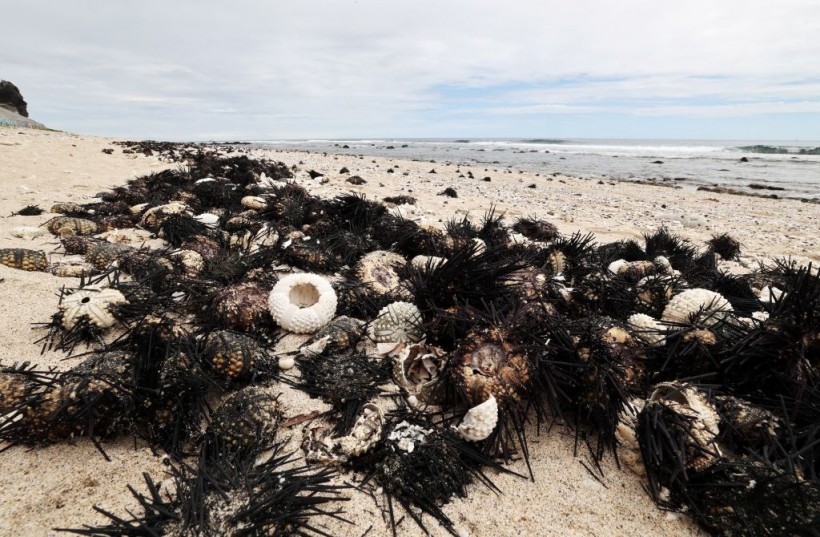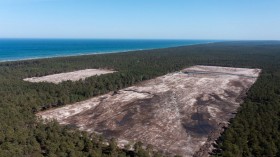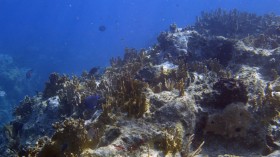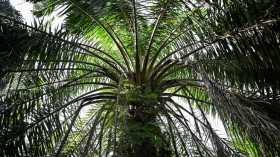Long-spined sea urchins are known as "the lawn mowers of the reefs" because they eat algae that would otherwise suffocate reef ecosystems and kill corals.
Scientists said the restoration of the long-spined sea urchin is crucial because a disease nearly wiped out the species in the early 1980s. This almost die-off very quickly resulted in algal overgrowth on coral reefs.
Their presence can be especially beneficial on reefs where other herbivores, such as parrotfish and rabbitfish, have become scarce.
Urchins serve to maintain conditions necessary for coral ecosystems to recover after acute disruptions by grazing algae and providing settlement space for corals.
"We are trying to restore these vital ecosystems by growing corals in ocean nurseries and planting them back to areas where they used to thrive. However, these reefs also need more urchins to protect corals from algae," said Aaron Pilnick, who led the research while a doctoral student in the UF/IFAS College of Agricultural and Life Sciences.
Read Also: Climate Change Threatens Sea Urchin Survival That Can Devastatingly Affect Coral Reef Growth
Diadema
Pilnick conducted a recently published study that identified substrates that aid in the growth of long-spined sea urchins, known as Diadema, from larvae to juveniles in a lab setting.
A substrate is the seafloor surface on which an organism lives or receives nutrition.
Researchers discovered that young sea urchins developed on two forms of algae often seen on the floor of Caribbean coral reefs.
They also discovered that substrate properties such as roughness are crucial.
UF/IFAS scientists relied on the Florida Fish and Wildlife Conservation Commission to transport adult urchins from the Florida Keys to the Florida Aquarium Conservation Campus in order to obtain their conclusions. Researchers induced the urchins to spawn in captivity there.
Larvae grew for roughly 40 days in a highly specialized 10-gallon fish aquarium. The size, shape, and structure of live specimens during the last stages of larval development were then documented using a microscope.
They then transplanted the larvae into petri dishes with seawater and various substrates to see if they developed into juvenile sea urchins.
Growth patterns of sea urchin
It is vital to understand the growth patterns of sea urchins in order to repair them.
Urchin larvae float and swim throughout the water until they find a spot on the seafloor where they can adhere and develop into juvenile sea urchins.
This process, known as "settlement," is analogous to how a pupa becomes a butterfly.
Scientists can study settlement in the lab and infer some facts about its ecology by developing the ability to produce this species.
Now that UF/IFAS scientists have identified the conditions that allow long-spined sea urchins to grow from larvae to juveniles, they're looking into how to get them to mature to adulthood, according to Josh Patterson, a UF/IFAS associate professor of restoration aquaculture in the School of Forest, Fisheries, and Geomatics Sciences, Pilnick's supervisor, and a Florida Sea Grant-affiliated researcher.
"For many marine animals, the transition from larvae to adults is a critical part of the life cycle. This research is groundbreaking because it's the first time this transition has been investigated in this important species," said Patterson, a co-author on the new study.
Related Article: Declining Sea Urchin Population Poses Threats To Red Sea Coral Reef
Related Video:
© 2024 NatureWorldNews.com All rights reserved. Do not reproduce without permission.






